Keywords
|
| autonomous vehicle, efficient algorithms; obstacle avoidance; SONAR sensor, surveillance, wild life tracking |
INTRODUCTION
|
| Unmanned Ground Vehicles (UGV), have tremendous potential in military and civilian applications, specifically in areas like reconnaissance, surveillance, target acquisition and monitoring etc. Usually, the vehicle will have a set of sensors to perceive the environment, and will either autonomously make decisions about its behaviour or pass the information to a human operator at a different location who will control the vehicle through tele-operation[1,2,3,4]. A fully autonomous robot has the competence to |
| • Acquire information about the milieu |
| • Work for aprotracted period without human mediation |
| • Move either all or part of itself throughout its operating milieu |
| • Avoid circumstances that are damaging to people, property, or itself. |
| An autonomous robot may also undergo a process called machine learning for accomplishing its tasks or adapting to changing surroundings. |
| During the recent years, the researchers have been striving to achieve higher degree of autonomous mode in ground vehicle to enhance operational performance by infusing microcontroller and software approach. However, it is seldom seen in literature, any practitioner reporting the successful implementation of these models in wild life monitoring. The extremely hostile conditions imposed by modern combat, outer space and the deep ocean environments have generated the need for practical autonomous vehicles for military applications, space and ocean exploration. These relatively near-team applications will drive the sophistication and cost of autonomous vehicle technology into the realm where more mundane but more widespread applications such as automated public transportation will be possible. However, significant technology advances will be necessary before even the simplest and most crucial applications can be practically addressed. These advances will only be gained by implementing autonomous vehicle test beds and gaining experience with the developing technology |
| In the following sections, the research efforts taken towards achieving autonomy, the structural analysis and the developmental challenges are reviewed in detail. |
RELATED WORK
|
| Recent developments in technologies for sensing and control of autonomous unmanned ground vehicles (UGVs) have demonstrated the ability to accurately determine the position and velocity information; thereby leading to better performance of autonomous navigational abilities of UGVs [5]. In 1994, TakashiGomi, Koichi Ide and HirokuzuMatsuo, demonstrated the crucial technique employed in a non- Cartesian way of organizing software agents for the creation of a highly responsive control program [6].In 2007 a modification of an obstacle avoidance algorithm was proposed.A self-sustainable robust system, where the system is able to track the path of travel initially and later when the obstacle is detected, a new path is developed for the vehicle to travel [7]. The present work draws from these articles among others and extends the scope to include the design, analysis and testing of an autonomous ground vehicle for use in wildlife monitoring. |
HARDWARE AND SOFTWARE DESCRIPTION
|
| Hardware Design |
| The UGV acts as the surveillance vehicle for capturing video data from the atmosphere and transfers the data to ground station with the help of a wireless module. It can also be switched from autonomous mode to the ground station control mode with the help of wireless TTL module and controlling is done from the ground station. Computer-aideddesign was used to design the UGV as seen in Figure 1. |
| The hardware consists of DC motors to drive the ground vehicle, a camera installed with remapping algorithm which ensures fail safe mechanism during any kind of signal loss.This would ensure that the robot would return to the base station (or pre-determined location) [8]. The Atmel ATmega2560 Microcontroller, chosen for its low cost, high efficiency and ease of programming, acts as processing hub for vehicle; it is fabricated with the following components: |
| • Auto pilot system |
| • GPS |
| • Wireless Infrared Camera |
| • Electronic Speed Controller |
| • Optic flow and Ultrasonic Sensor |
| • Radio Trans-receiver |
| Fabricated Model |
| The outer structure (see figure 4 and 5)was fabricatedusing Acrylic material for the following reasons: |
| • can be molded into various shapes |
| • can withstand high stress and strain |
| • weather proof and shock proof property |
| The AGV is integrated with microcontroller, sensors, sonar, GPS, auto pilot controller, telemetry device, servo motors, ESC, gyro meter, accelerometer, magnetometer, barometer etc. to enable the wildlife monitoring application. The software was been compiled in Keil using Embedded ‘C’ language [9]. |
ANALYSIS AND TESTING
|
| In static structural analysis the focus was towards testing fortotal deformation. Von Mises stress which is also known as equivalent stress, shear stress and stress intensity was induced in the ground vehicle. The four wheels are fixed and given a load of 14.709 N, force acting towards downward direction as seen in figure 6. The yield strength of acrylic material is 69 MPa. For the applied load the Von Mises stress is 3.648 MPa, see figure 7. The result indicates thatthe ground vehicle can withstand the applied load with no structural compromise.For the applied load strain created is 1.3097e-3 mm.The resulting stress and elastic strain diagram is shown below. |
| In static structural analysis the focus was towards testing fortotal deformation. Von Mises stress which is also known as equivalent stress, shear stress and stress intensity was induced in the ground vehicle. The four wheels are fixed and given a load of 14.709 N, force acting towards downward direction as seen in figure 6. The yield strength of acrylic material is 69 MPa. For the applied load the Von Mises stress is 3.648 MPa, see figure 7. The result indicates thatthe ground vehicle can withstand the applied load with no structural compromise.For the applied load strain created is 1.3097e-3 mm.The resulting stress and elastic strain diagram is shown below. |
| Impact Analysis |
| Since, it was proposed to operate the AGV in rough terrains, like forests, a mechanical impact analysis was conducted. Cad modelling for impact design has been carried out in Catia V5 R21 software [10]. The vehicle is tested by driving it into a test wall at 3 m/s and 10 m/s. |
| The model for the contact-impact force was developed while keeping in mind the material and the geometric properties of the colliding surfaces. The information on the relative positions and velocities contributed to the development of an efficient test model, as seen in figure 9, and also accounted for energy dissipation. These features were ensured with a continuous contact force model and the deformation (if any) is considered a continuous function during the total period of contact. |
| The deformation generated on the robot design is .0600044 for 3m\s velocity. The deformation is very low along xaxis as seen in Figure 10. |
| For the given velocity 3 m/s (figure 11), the Von-misses stress created in the AGV is 56.511 Mpa, the material did not fail because the yield strength of acrylic is 69 Mpa.For the given velocity 10 m/s (figure 12), the VonMises stress created in the AGV is 79.978 Mpa.At this velocity, the material would fail because the VonMises stress value is greater than the yield strength of the acrylic material. |
CONCLUSION AND FUTURE WORK
|
| The autonomous unmanned ground vehicle was developed successfully and tested for structural integrity. A literature review was conducted to study the sensor system used in autonomous UGV design, the challenges and techniques of autonomous UGV navigation. Based on the results as seen in the testing and analysis section, it was concluded that the system would be able to operate under harsh conditions, such as a forest zone, without compromising the intended mission.The future prospect of project is to develop an intelligent automated guided vehicle (i-agv) based on the current system, with defense functionalities. It can be achieved by introducing target locating and tracking mechanism. The autonomous system could also be equipped with functionalities like high definition image and video recording, terrain mapping, self-localization etc.Future systems could be developed utilizing an intuitive graphic user interface for UGV navigation and thereby allowing a single station operator to command multiple UGVs simultaneously. This would enable swarm technology or group behavior. |
Figures at a glance
|
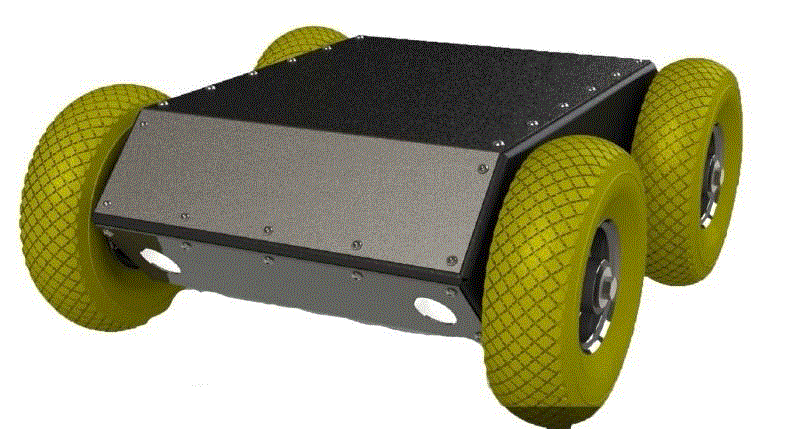 |
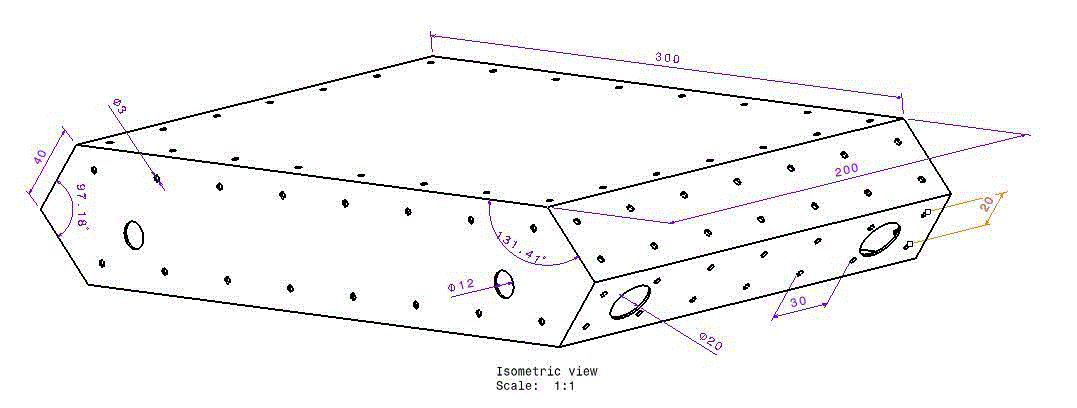 |
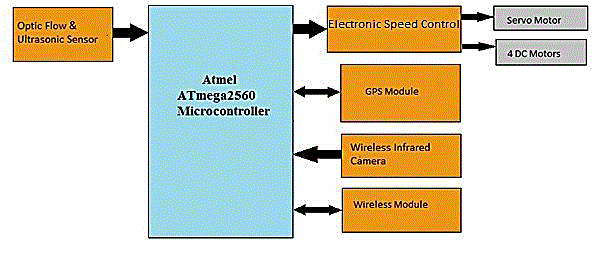 |
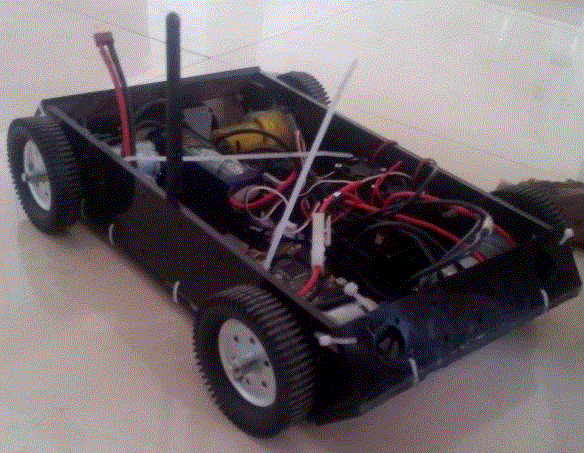 |
| Figure 1 |
Figure 2 |
Figure 3 |
Figure 4 |
|
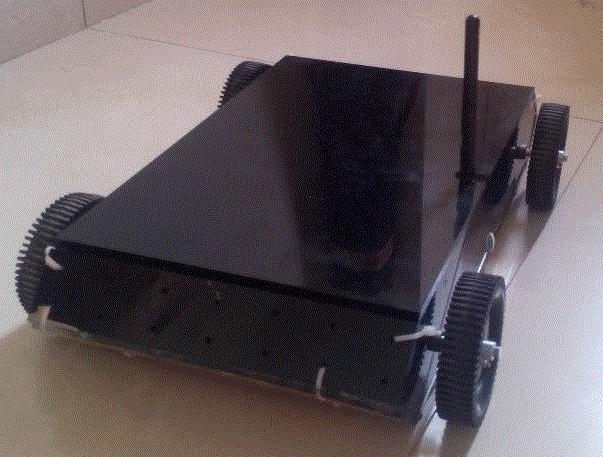 |
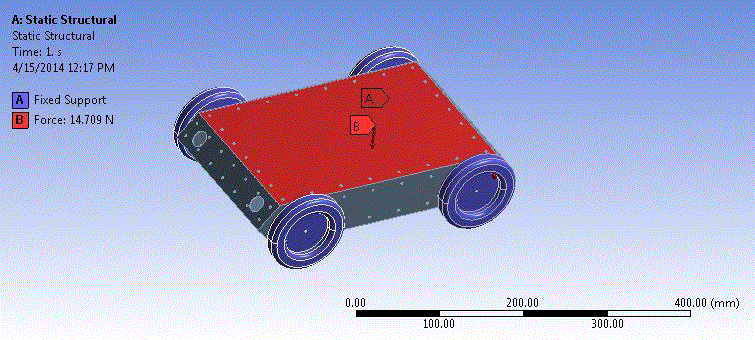 |
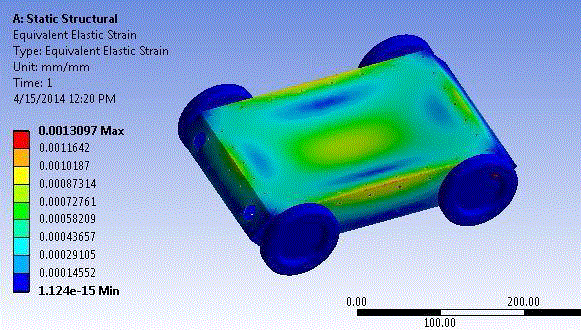 |
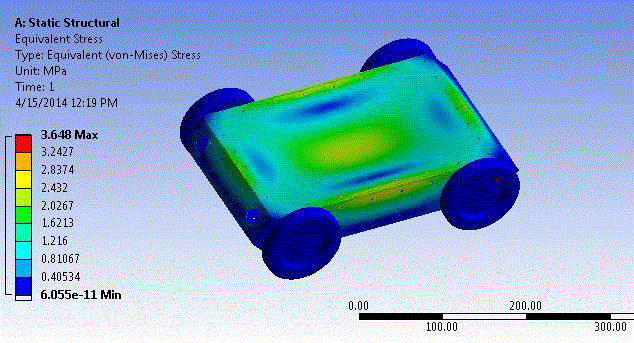 |
| Figure 5 |
Figure 6 |
Figure 7 |
Figure 8 |
|
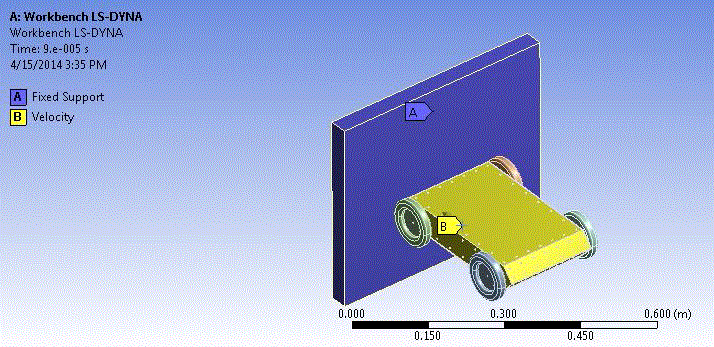 |
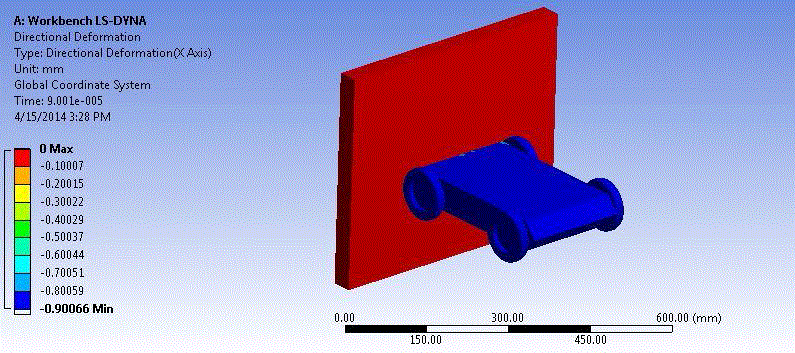 |
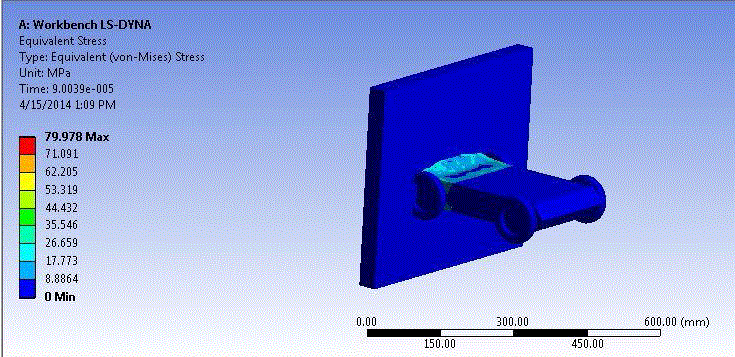 |
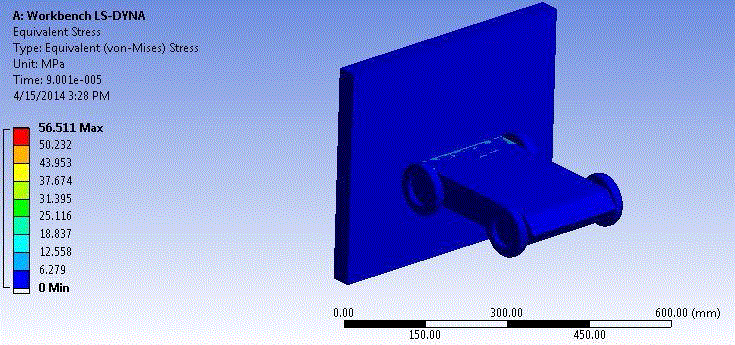 |
| Figure 9 |
Figure 10 |
Figure 11 |
Figure 12 |
|
References
|
- V. Sezer, C. Dikilita, Z. Ercan, H. Heceoglu, A. bner, A. Apak, M. Gokasan and A. Mugan, “Conversion of a conventional electric automobile into an unmanned ground vehicle (UGV)”, Proceedings of the IEEE International Conference on Mechatronics, April 13-15; 2012.
- A. Mohebbi, S. Safaee, M. Keshmiri and S. Mohebbi, “Design, Simulation and Manufacturing of a Tracked Surveillance Unmanned Ground Vehicle”, Proceedings of the IEEE International Conference on Robotics and Biomimetices, December 14-18, 2010.
- A. Bouhraoua, N. Merah, M. AlDajani and M. ElShafei, “Design and Implementation of an Unmanned Ground Vehicle for Security Applications”, Proceedings of the 7th International Symposium on Mechatronics and its Applications, April 20-22; 2010.
- J. -H. Lim, S. -H. Song, J. -R. Son, T. -Y. Kuc, H. -S. Park and H. -S. Kim, “An Automated Test Method for Robot Platform and Its Components”, International Journal of Software Engineering and Its Applications, Vol. No 4, Issue No. 3,2010. ShashidharMuppidi, “Development of a Low Cost Controller and Navigation System for Unmanned Ground Vehicle”, Master’s Thesis, College of Engineering and Mineral Resources, West Virginia University 2008.
- Takashi Gomi, Koichi Ide, and Hirokazu Matsuo, “The Development of a Fully Autonomous Ground Vehicle (FAGV)” Applied AI Systems, Inc., Canada 1994.
- Cellini, M.; Mati, R.; Pollini, L.; Innocenti, M., "Obstacle Avoidance for Autonomous Ground Vehicles in Outdoor Environments," Intelligent Vehicles Symposium, 2007 IEEE , vol., no., pp.258,263, 13-15 June 2007
- Reinhold Behringer, William Travis, Rob Daily, David Bevly, WilfriedKubinger, Wolfgang Herzner and Victor Fehlberg. (2005) ‘RASCAL – An Autonomous Ground Vehicle for Desert Driving in the DARPA Grand Challenge 2005’, IEEE Conference on Intelligent Transportation Systems pp. 644 – 649, 2005.
- A. Ko and H. Y. K. Lau, “Robot Assisted Emergency Search and Rescue System With a Wireless Sensor Network”, International Journal of Advanced Science and Technology, Vol. No 3, 69-78, 2009.Harmon, S. “The Ground Surveillance Robot (GSR): An Autonomous Vehicle Designed to Transit Unknown Terrain”, IEEE Journal of Robotics and Automation, Vol. No. 3, Issue No. 3 pp. 266– 279, 1987.
|